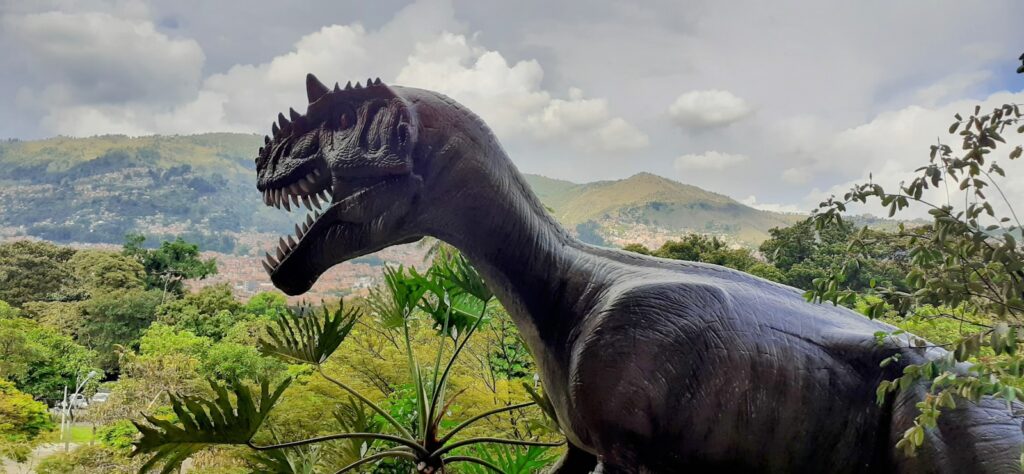Close your eyes and picture a dinosaur. You’re probably seeing a massive, scaly, gray-green beast with razor-sharp teeth and thunderous roars, right? Well, prepare to have your mind completely blown. The truth about dinosaurs is far more colorful, bizarre, and downright shocking than Hollywood ever dared to show us. These prehistoric creatures weren’t just oversized lizards stomping around – they were living, breathing works of art that would make today’s most exotic animals look ordinary by comparison.
The Borealopelta: A Walking Medieval Fortress
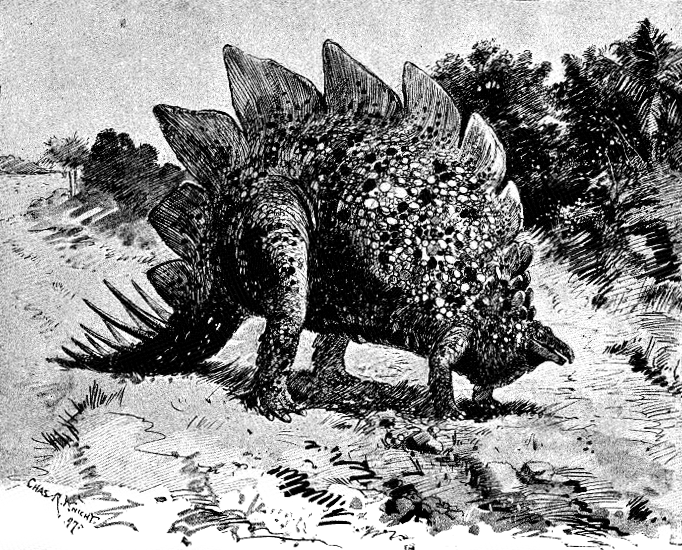
Imagine a creature that looks like someone crossed a tank with a porcupine, then dipped it in rust-colored paint. That’s exactly what Borealopelta looked like when it roamed the Earth 110 million years ago. This armored dinosaur was covered in reddish-brown scales with a lighter underside, making it look more like a giant armadillo than the typical dinosaur we imagine.
The most shocking part? Scientists discovered its coloration through fossilized melanosomes – the actual pigment-containing structures in its skin. This wasn’t guesswork or artistic interpretation; this was real evidence of a dinosaur’s true colors. The creature’s back was dark while its belly was light, a pattern called countershading that modern animals use for camouflage.
What makes this discovery even more mind-blowing is that Borealopelta weighed as much as a small car, yet it still needed to hide from predators. Picture this heavily armored beast trying to blend into the forest floor – it’s like watching a medieval knight attempting to play hide-and-seek.
Carnotaurus: The Horned Devil That Defied Logic
If you thought T. rex looked intimidating, wait until you meet Carnotaurus. This predator sported two devil-like horns above its eyes and had arms so tiny they made T. rex’s look muscular. But here’s where things get really weird – recent studies suggest this monster might have been covered in colorful display feathers or primitive proto-feathers.
The name literally means “meat-eating bull,” and once you see its skull, you’ll understand why. Those horns weren’t just for show; they were likely used in head-butting contests with other Carnotaurus, much like modern bighorn sheep. Imagine two car-sized predators charging at each other with horned heads – it’s both terrifying and oddly comical.
What really sets Carnotaurus apart is its build. This dinosaur was built for speed, with long, powerful legs that could potentially reach speeds of 35 mph. Picture a horned demon sprinting through the forest on two legs, and you’re getting close to the reality of this incredible predator.
Therizinosaurus: The Gentle Giant with Nightmare Claws
Here’s something that will completely flip your understanding of dinosaurs: meet Therizinosaurus, a creature with claws longer than baseball bats that was actually a vegetarian. These massive scythe-like claws, some reaching over three feet long, weren’t used for slashing prey – they were basically prehistoric gardening tools for stripping leaves from trees.
Standing up to 16 feet tall and weighing as much as an elephant, this gentle giant looked more like a feathered sloth than a typical dinosaur. Recent discoveries suggest it was covered in primitive feathers, giving it an almost bird-like appearance despite its enormous size. Imagine a creature that could look you in the eye while standing on the ground floor of a two-story building.
The irony is almost comical – here’s a dinosaur that looks like it should be the stuff of nightmares, yet it spent its days peacefully munching on plants. It’s like discovering that Freddy Krueger’s claws were actually used for knitting sweaters.
Parasaurolophus: The Dinosaur Orchestra
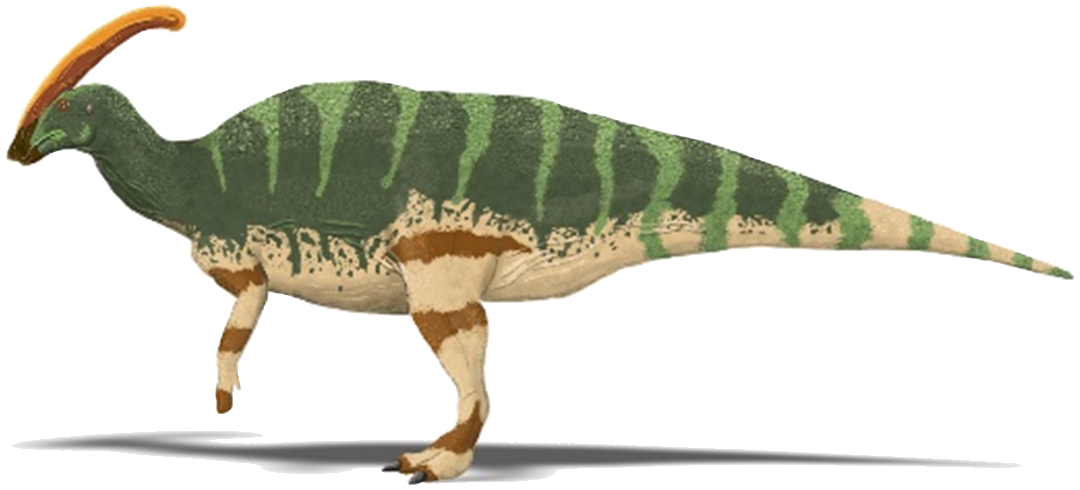
Forget the traditional roaring dinosaur – Parasaurolophus was essentially a walking trumpet. This duck-billed dinosaur had a hollow crest on its head that functioned as a sophisticated musical instrument, capable of producing deep, resonant tones that could travel for miles through prehistoric forests.
Scientists have actually recreated the sounds these dinosaurs made by studying fossilized skulls and building models of their sound-producing anatomy. The result? A hauntingly beautiful, low-pitched honking sound that’s nothing like the Hollywood roar. Different species had different crest shapes, meaning each produced unique musical notes.
Picture herds of these creatures communicating across vast distances through their natural horn sections, creating prehistoric symphonies that echoed through ancient valleys. Some researchers believe they could even harmonize with each other, turning the Cretaceous landscape into nature’s first concert hall.
Dracorex: The Dragon That Never Was
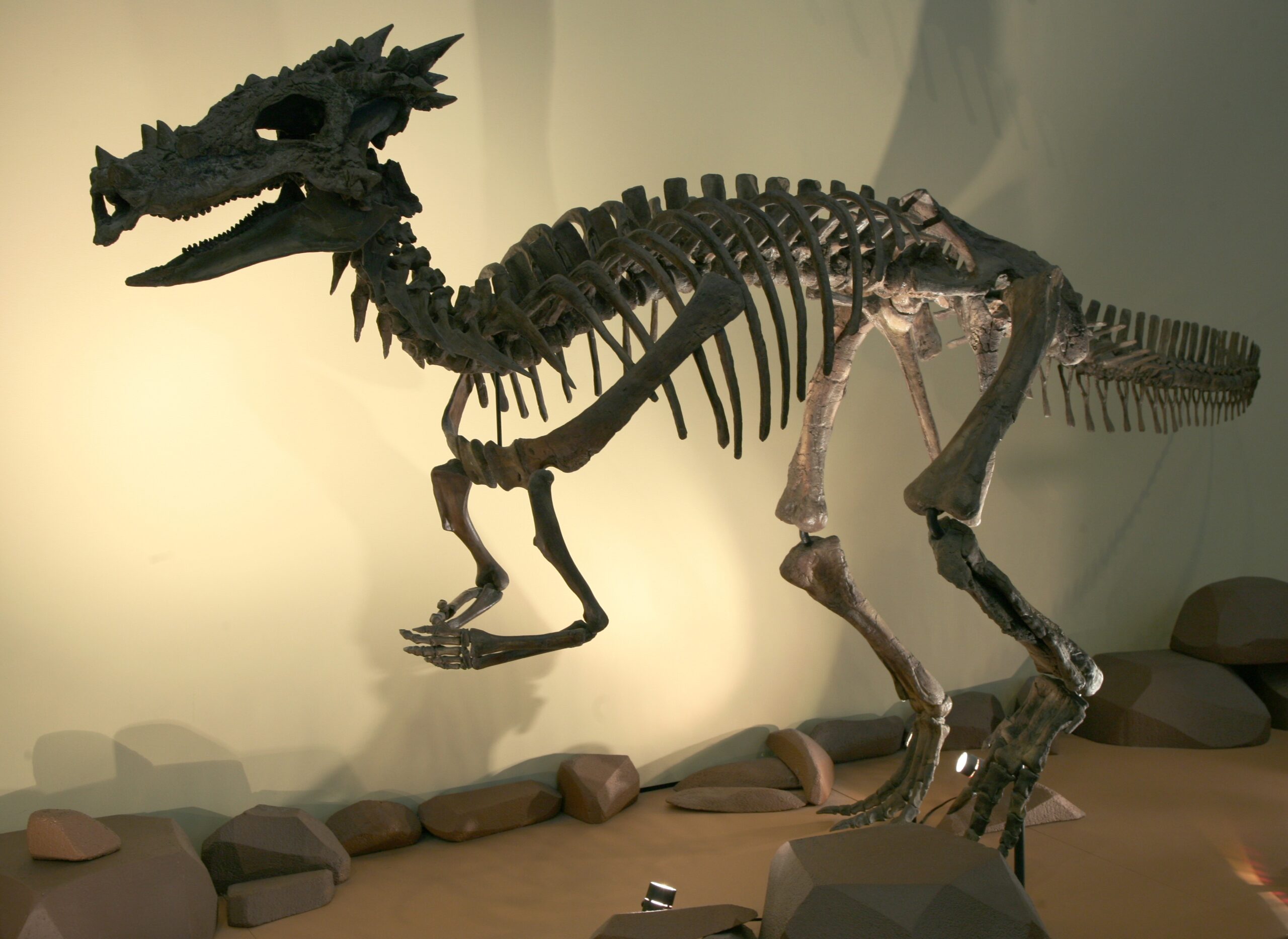
With a name that literally means “dragon king of Hogwarts,” Dracorex looks like something straight out of a fantasy novel. This dinosaur had a skull covered in spikes and bumps, giving it an unmistakably dragon-like appearance that would make medieval artists weep with joy.
But here’s the twist that makes this discovery even more fascinating: many paleontologists now believe Dracorex might actually be a juvenile form of the more famous Pachycephalosaurus. This means what we thought was a unique dragon-like dinosaur might actually be a teenager going through an awkward prehistoric phase.
The implications are staggering – imagine if we discovered that many “different” dinosaur species were actually just the same animals at different life stages. It’s like finding out that caterpillars and butterflies are the same creature, except with creatures that lived 66 million years ago.
Amargasaurus: The Dinosaur with Built-in Sails
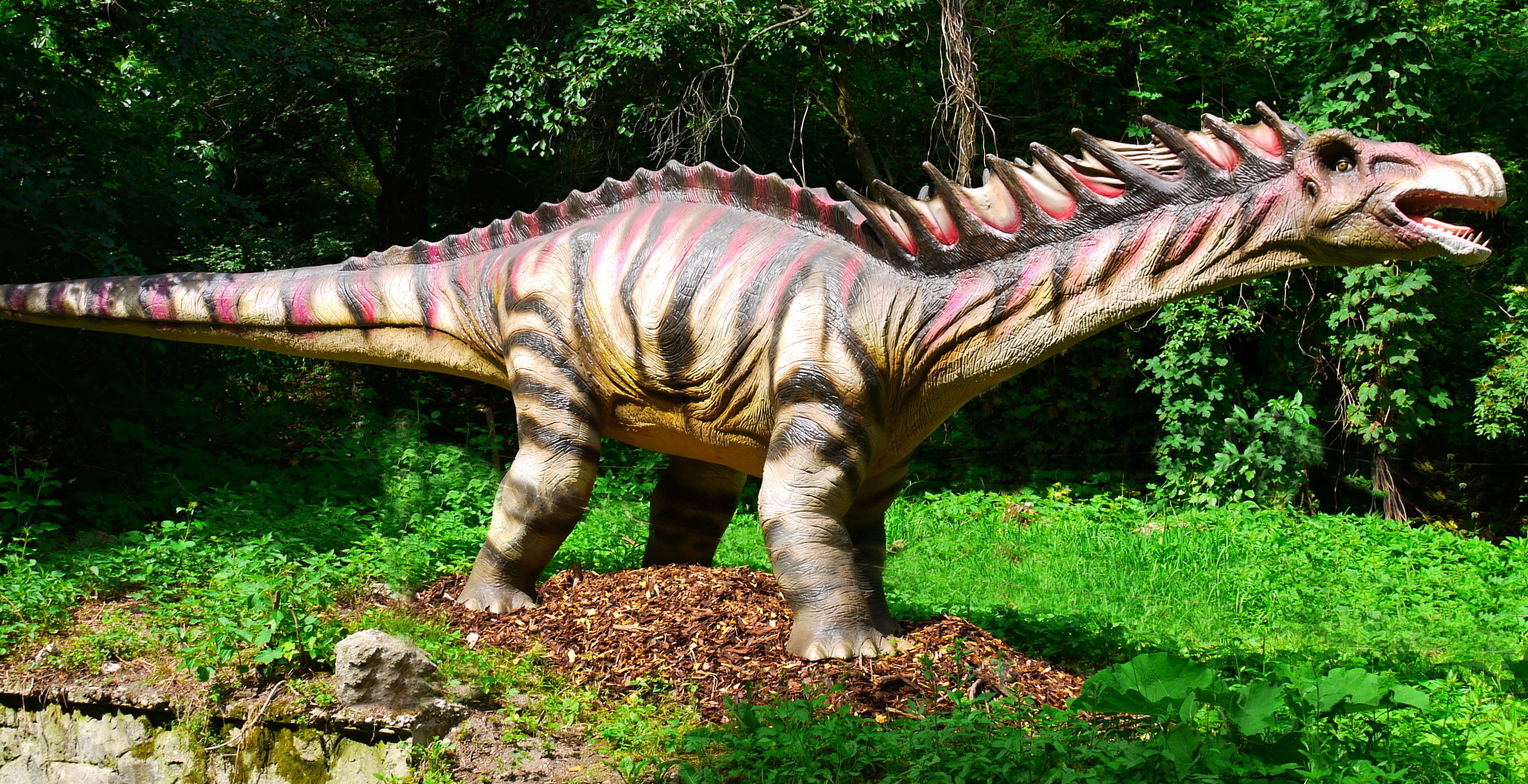
Picture a long-necked dinosaur that decided to grow its own personal wind sails, and you’ve got Amargasaurus. This unique sauropod had two parallel rows of tall spines running down its neck and back, likely connected by skin membranes that created distinctive sail-like structures.
Unlike its massive cousin Diplodocus, Amargasaurus was relatively small for a long-necked dinosaur, about the size of a large elephant. But what it lacked in size, it made up for in style. Those sail-like structures weren’t just for show – they might have been used for temperature regulation, species recognition, or even producing sounds by vibrating the membrane.
The most intriguing possibility is that these sails were brightly colored, turning each Amargasaurus into a living billboard advertising its health and genetic fitness to potential mates. Imagine a herd of these creatures moving through a forest, their colorful sails catching the sunlight like prehistoric stained glass windows.
Microraptor: The Four-Winged Flying Dinosaur
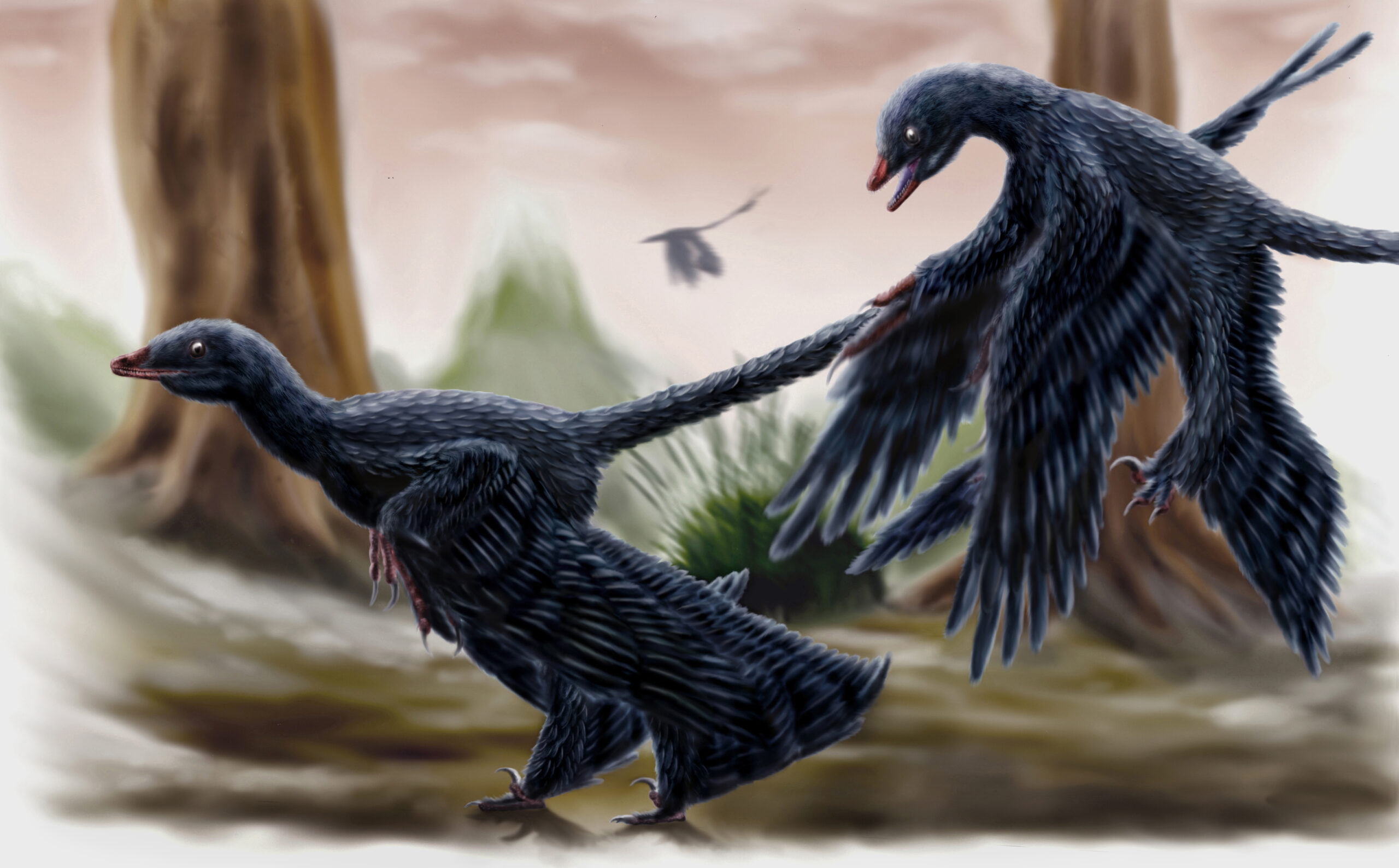
Everything you thought you knew about the transition from dinosaurs to birds gets turned upside down when you meet Microraptor. This crow-sized dinosaur had four wings – two on its arms and two on its legs – making it look like nature’s first attempt at building a biplane.
But here’s where it gets really mind-blowing: scientists have determined that Microraptor was jet black with an iridescent sheen, similar to modern ravens. This conclusion came from studying fossilized melanosomes, the same technique used to determine Borealopelta’s coloration. Imagine this glossy black creature gliding through prehistoric forests like a feathered shadow.
The four-wing design meant Microraptor couldn’t run on the ground like modern birds, but it was perfectly adapted for gliding from tree to tree. Picture a squirrel-sized dinosaur with the hunting instincts of a hawk and the appearance of a flying jewel – that’s Microraptor in all its prehistoric glory.
Nigersaurus: The Dinosaur Vacuum Cleaner
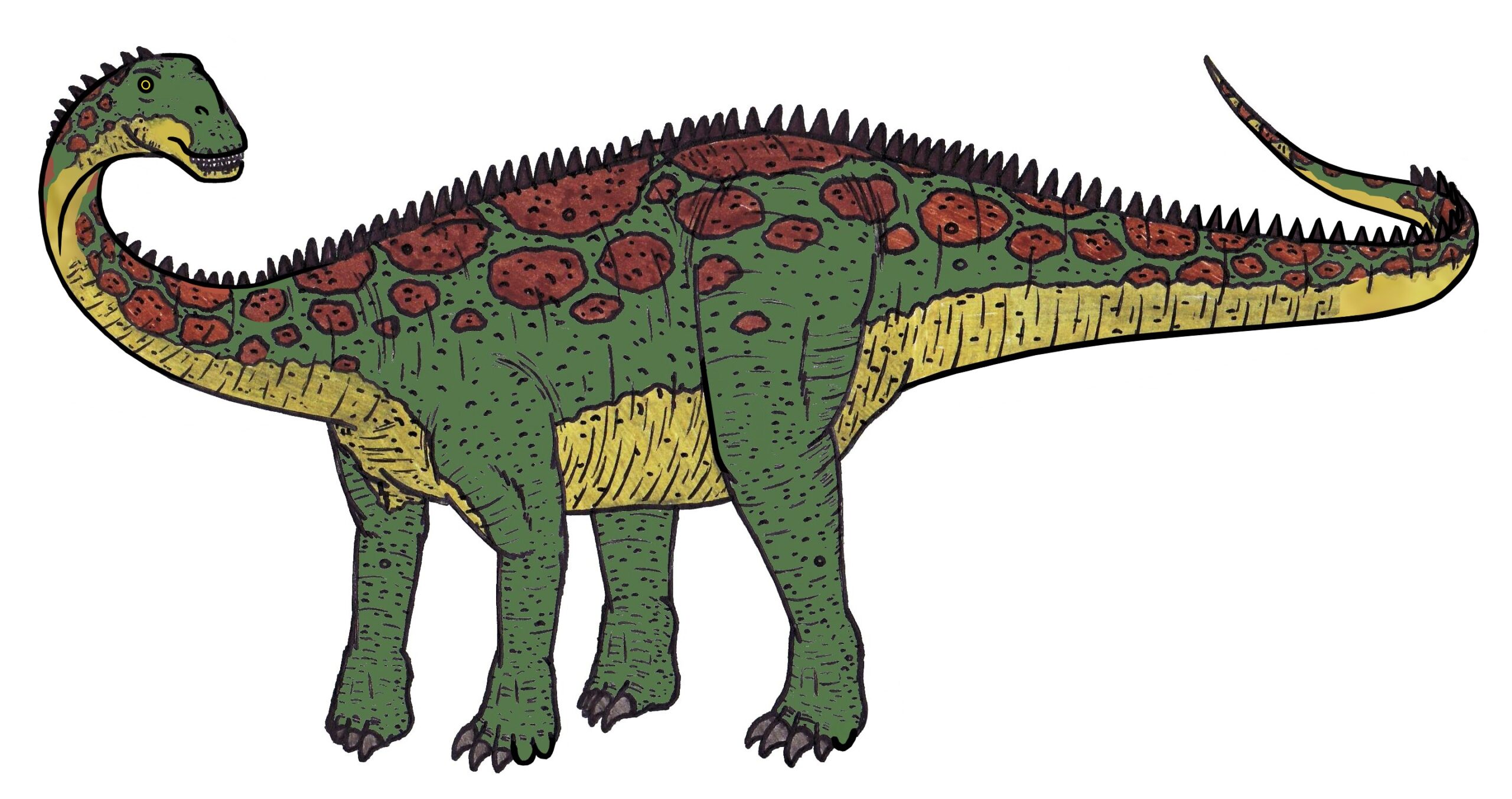
If you thought dinosaur teeth were just for crushing and tearing, prepare to meet Nigersaurus – a creature with over 500 tiny teeth arranged in the strangest mouth in prehistoric history. This dinosaur’s skull was so wide and flat that it looked more like a vacuum cleaner attachment than a traditional dinosaur head.
Those hundreds of teeth were constantly being replaced throughout the dinosaur’s life, with new ones growing in as old ones wore down from constant use. The entire mouth was designed for one purpose: efficiently stripping soft plants from the ground like a living lawnmower. Imagine watching this creature graze, its wide mouth sweeping back and forth across the prehistoric landscape.
The most shocking aspect of Nigersaurus is how recently we discovered it. This bizarre dinosaur was only properly described in 2007, proving that there are still incredible surprises waiting to be unearthed in the fossil record.
Epidexipteryx: The Dinosaur That Redefined Feathers
Meet the dinosaur that looked like it was getting ready for a costume party. Epidexipteryx was a small, crow-sized dinosaur covered in fuzzy proto-feathers, but its most striking feature was four incredibly long, ribbon-like tail feathers that were purely for display.
These weren’t flight feathers – they were show-off feathers, designed to attract mates and intimidate rivals. Picture a small dinosaur with a tail that looked like it was trailing colorful streamers, and you’re getting close to how bizarre this creature actually appeared.
What makes this discovery revolutionary is that it proves feathers evolved for display and insulation long before they were ever used for flight. Epidexipteryx couldn’t fly, but it sure knew how to make a fashion statement that would put modern peacocks to shame.
Concavenator: The Dinosaur with a Mysterious Hump
Imagine a predatory dinosaur that decided to grow a small hump on its back, and you’ve got Concavenator. This Spanish dinosaur had a distinctive ridge formed by elongated vertebrae, creating a profile that looked more like a prehistoric camel than a typical theropod.
The purpose of this hump remains one of paleontology’s great mysteries. Some scientists think it might have supported a sail-like structure for display or temperature regulation, while others believe it was simply a storage area for fat or muscle. What we do know is that this dinosaur also had small bumps on its arm bones that might have supported primitive feathers.
The combination of the mysterious hump and possible feathers makes Concavenator look like something from an alien world rather than our own prehistoric past. It’s a reminder that dinosaurs experimented with body shapes and features that seem almost impossibly strange to our modern eyes.
Kosmoceratops: The Dinosaur That Took Horns Too Far
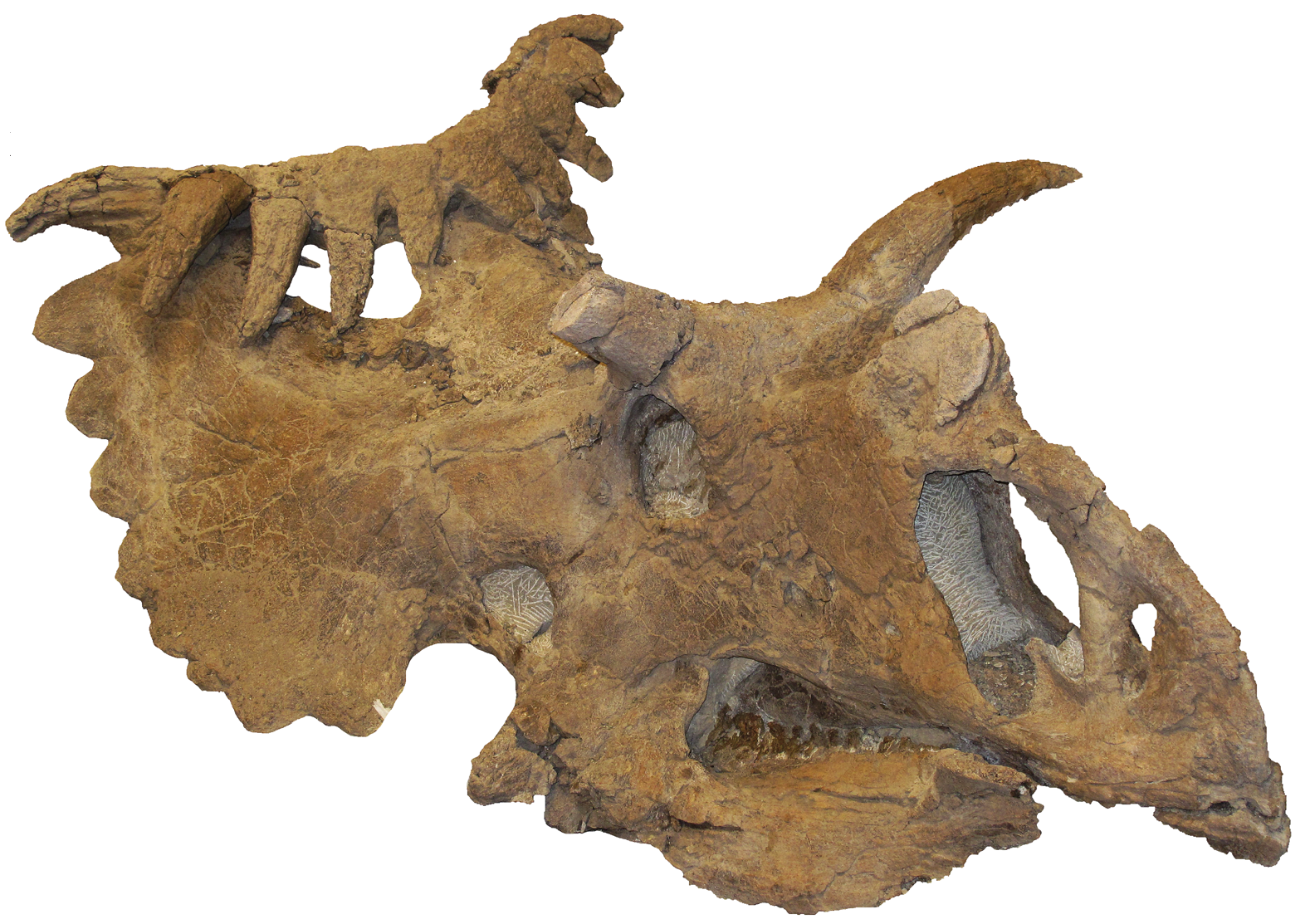
If you thought Triceratops had impressive headgear, wait until you meet Kosmoceratops – a dinosaur that looked like it was wearing an elaborate crown made of horns and spikes. This creature had 15 horns and spikes projecting from its skull, making it the most ornate horned dinosaur ever discovered.
The skull looked so elaborate that early paleontologists thought some of the specimens might be damaged or distorted. But no – this dinosaur really did walk around with what essentially amounted to a living chandelier on its head. The horns curved in different directions, creating a display that was both beautiful and intimidating.
What makes this even more remarkable is that Kosmoceratops lived on an island continent called Laramidia, where multiple horned dinosaur species evolved increasingly elaborate headgear. It’s like prehistoric fashion week, where each species tried to outdo the others with more spectacular horn arrangements.
Gigantoraptor: The Dinosaur That Broke All the Rules
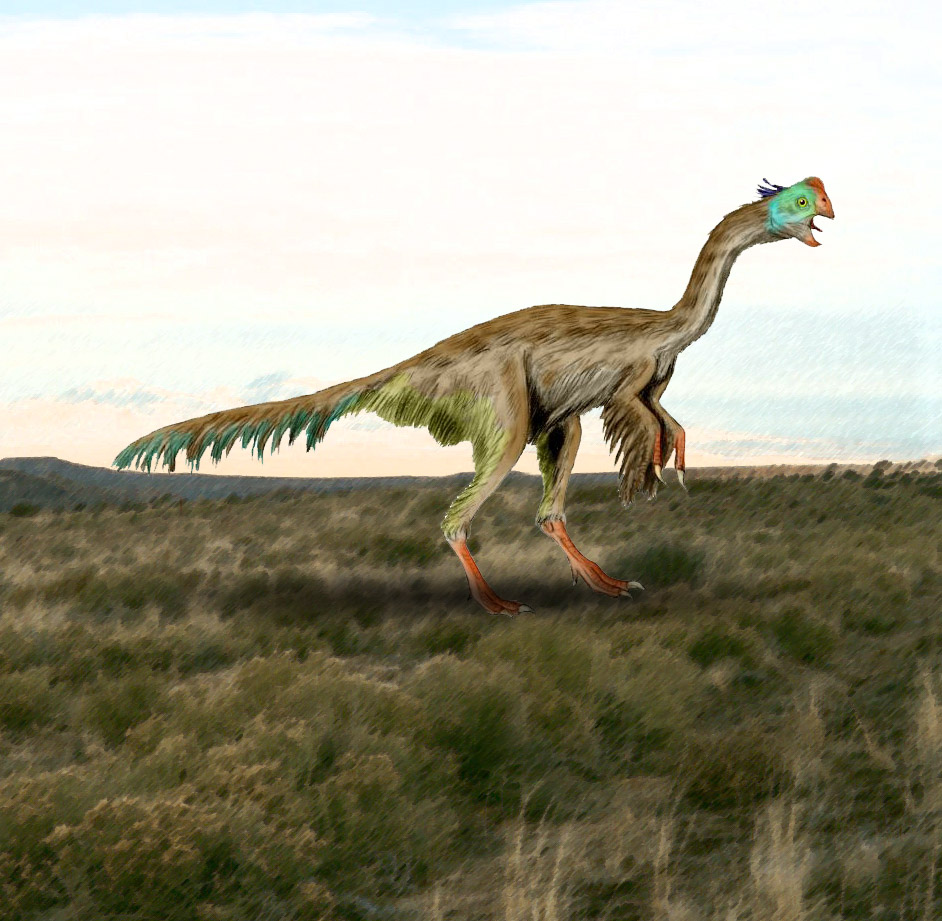
Just when scientists thought they had raptors figured out, along came Gigantoraptor to shatter every assumption. This “raptor” was the size of a large elephant, towered over most other dinosaurs, and was probably covered in feathers despite weighing as much as three cars.
The most mind-bending aspect of Gigantoraptor is that it was likely an herbivore or omnivore, despite belonging to a family of dinosaurs known for their predatory lifestyle. Imagine a creature with the basic body plan of Velociraptor, scaled up to the size of a house and covered in colorful plumage, peacefully munching on plants.
This discovery forced paleontologists to completely rethink what they thought they knew about dinosaur evolution. It’s like discovering that wolves could grow to the size of elephants and decide to become vegetarians – it just shouldn’t be possible, yet here’s the fossil evidence proving it happened.
The Revolution in Dinosaur Understanding
These remarkable discoveries represent just the tip of the iceberg in our evolving understanding of dinosaurs. Advanced techniques like studying melanosomes, computer modeling of sound production, and detailed analysis of feather impressions have revealed that dinosaurs were far more diverse, colorful, and bizarre than we ever imagined.
The old image of gray, scaly monsters has been replaced by a vibrant world of feathered, colorful, and often surprisingly gentle creatures. Some were living musical instruments, others were walking art galleries, and many were covered in elaborate plumage that would make tropical birds jealous.
What’s perhaps most exciting is that paleontologists are discovering new species at an unprecedented rate, with a new dinosaur species being named approximately every two weeks. Each discovery has the potential to completely revolutionize our understanding of these incredible creatures and the world they inhabited.
The dinosaurs that once walked our planet were far stranger, more beautiful, and more diverse than our wildest imaginations could have conceived. From four-winged gliders to musical duck-bills, from horned speed demons to gentle giants with nightmare claws, these creatures prove that reality is often far more amazing than fiction. What other incredible surprises might be waiting in the rocks beneath our feet?



